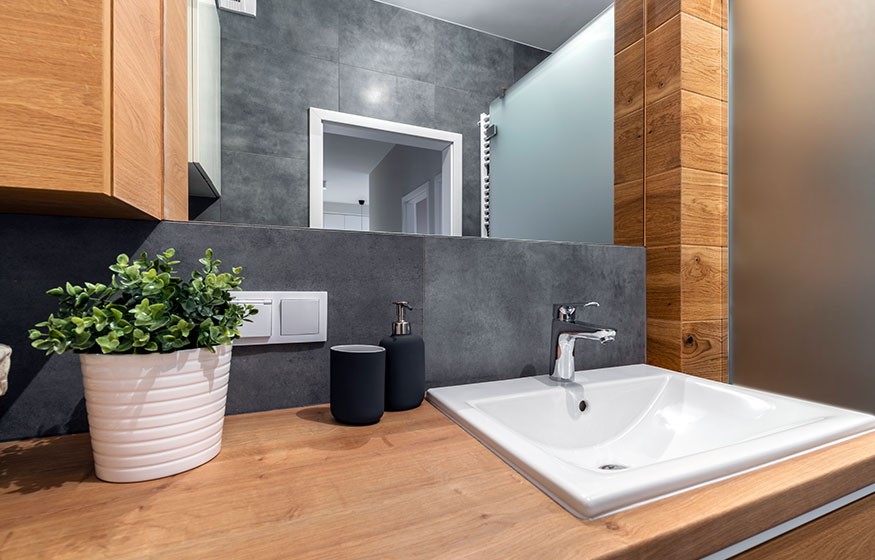How To Fix A Clogged Bathroom Sink Yourself

A clogged bathroom sink can be a nuisance, causing water to back up and preventing you from using the sink. However, before you call a plumber or resort to using harsh chemicals, there are several steps you can take to fix the clog yourself. In this post, we will outline a step-by-step guide on how to fix a clogged bathroom sink yourself.
Determine the Cause of the Clog
The first step in fixing a clogged bathroom sink is to determine what is causing the blockage. Most bathroom sink clogs are caused by hair, soap scum, toothpaste, and other debris that build up over time. If you have a pop-up drain stopper, it could also be the source of the clog. Remove the stopper and clean it thoroughly.
Gather the Necessary Tools
Once you have determined the cause of the clog, gather the necessary tools. You will need a plunger, a drain snake, a bucket, a towel, and a pair of gloves. If you have a pop-up drain stopper, you may also need a pair of pliers to remove it.
Try Plunging the Sink
Using a plunger to unclog a bathroom sink is frequently the simplest solution. First, add just enough water to the sink to cover the plunger. Place the plunger over the drain, depress it firmly, and then quickly lift it up. In order to remove the clog, do this repeatedly.
Use a Drain Snake
Try using a drain snake if plunging doesn’t work. As you feed the snake into the drain, turn the handle in a clockwise direction. When you encounter resistance, turn the handle in the opposite direction to clear the obstruction. The clog ought to come out of the drain with the snake when you remove it.
Clean the Drain
After removing the clog, clean the drain thoroughly. Use a bucket to remove any water from the sink, then use a towel to wipe away any debris or residue that may be left behind. To clean the drain, you can also combine vinegar and baking soda. Half a cup of vinegar and half a cup of baking soda should be poured down the drain. Run hot water down the drain after letting the mixture sit for 15 to 20 minutes.
Prevent Future Clogs
To prevent future clogs, be mindful of what you put down the sink. Avoid pouring grease, oil, or food scraps down the drain, as they can solidify and cause clogs. Use a drain catcher to catch hair and other debris, and clean it regularly. You can also pour boiling water down the drain once a week to help prevent clogs from forming.
Call a Professional if Necessary
If you are unable to fix the clog yourself, or if you suspect that there is a more serious issue with your plumbing, it may be time to call a professional plumber for faucet repair. A plumber can use specialized equipment to locate and fix the problem, ensuring that your sink is working properly and preventing future clogs.
Fixing a clogged bathroom sink can be a simple task that you can do yourself, as long as you have the right tools and follow the proper steps. By determining the cause of the clog, using a plunger or drain snake, cleaning the drain, and taking steps to prevent future clogs, you can ensure that your bathroom sink is working properly and avoid the need for costly repairs.
